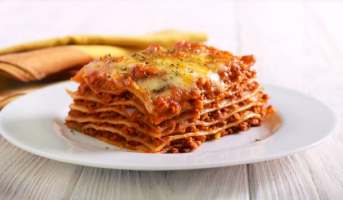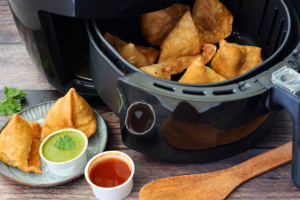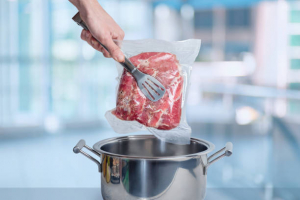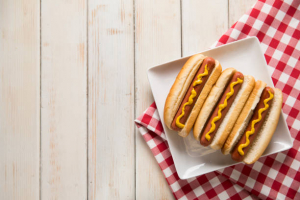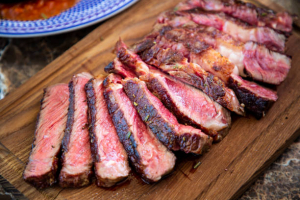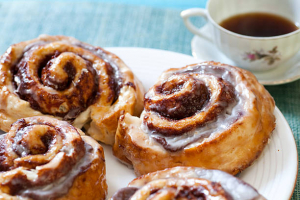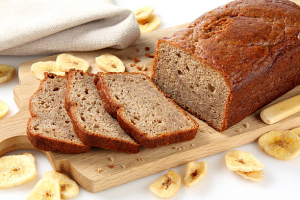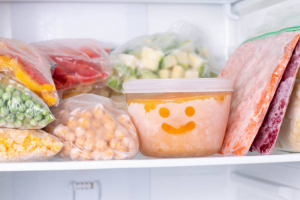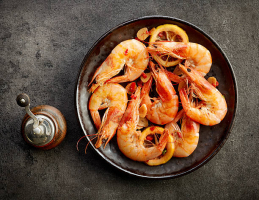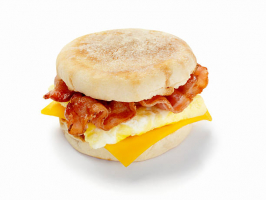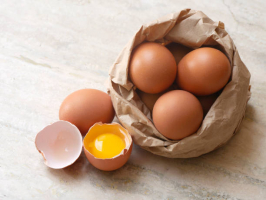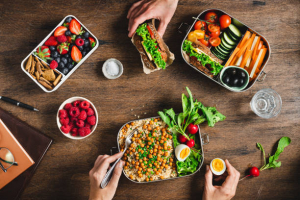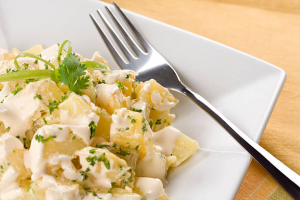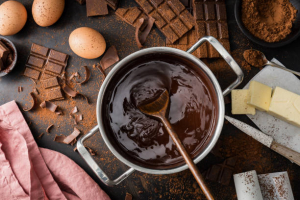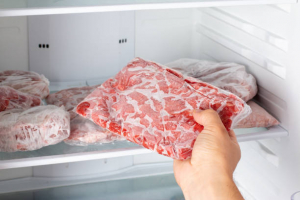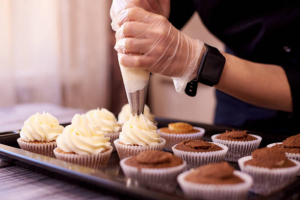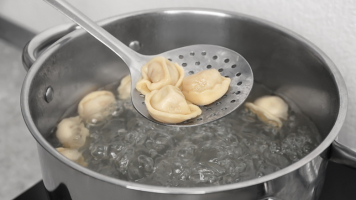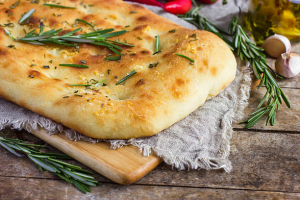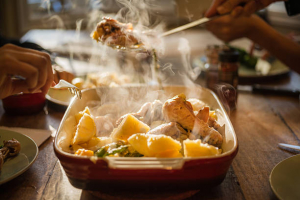Top 10 Biggest Mistakes Everyone Makes with Pizza
Pizza is among the world's most well-liked comfort foods for a good reason. It is cheesy, saucy, and loaded with perfectly baked dough. There are numerous ... read more...typical errors made when creating homemade pizza. Just as crucial as how you arrange the toppings on the dough is the sort of flour you use. You want the best possible pizza to be produced. Here are the common pizza mistakes people make and how to avoid them yourself.
-
Nobody ever likes soggy pizza dough when trying to perfect their own pie at home. The key to preventing this is to be very careful with how you cook the pizza dough. The temperature at which you cook your pizza is crucial, as it can either result in a soggy pie or not. You'll want to try baking your pie at around 475 F for around 10 to 12 minutes to obtain that ideal crust for ultimate perfection that is anything but soggy.
According to Crust Kingdom, the secret is to make sure the pizza's bottom receives adequate heat. In pizza ovens, higher temperatures are effective, but in typical home kitchen ovens, you might need to cook food at a lower temperature for a longer period of time. To ensure that the bottom of your pizza receives equal heat to the top, lower it on the oven rack.
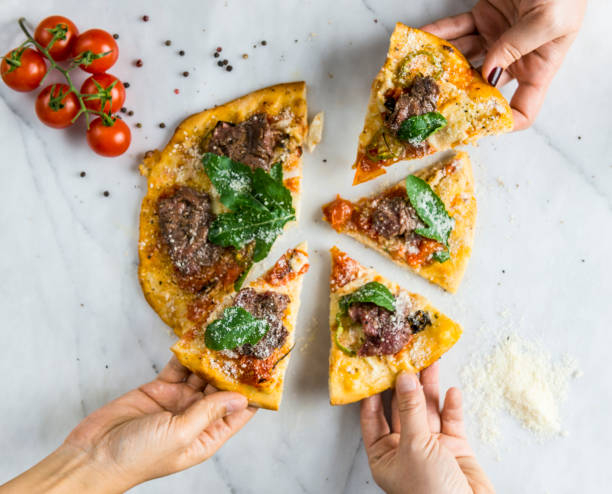
Not cooking at the right temperature 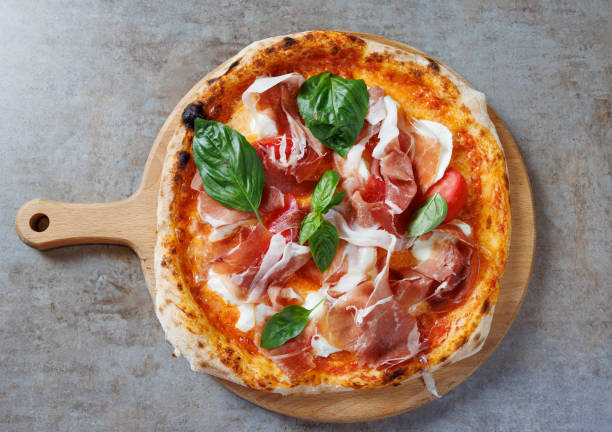
Not cooking at the right temperature -
People are aware of how simple it is to take that jar of pizza sauce off the store and use it to cover your dough at home. However, if you want to add flavor to your handmade pizza, choosing a pre-made sauce might not always be the greatest choice. You don't have to be one of those folks, even though this is undoubtedly one of the most common pizza blunders made.
Most of the canned pizza sauces you buy at the supermarket, according to Mediocre Chef, are way too sugary, which may affect how good your pizza tastes. Making your own sauce doesn't have to be difficult or expensive to add flavor. Simply use a can of tomatoes and your preferred herbs and seasonings (such as oregano) to make a superb sauce that will always surpass those found in jars.
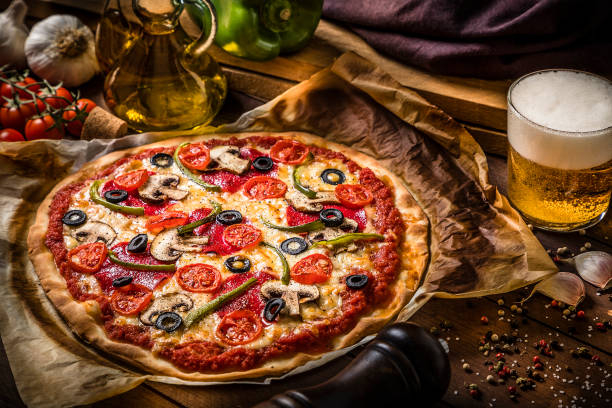
Using pre-made pizza sauce from the store 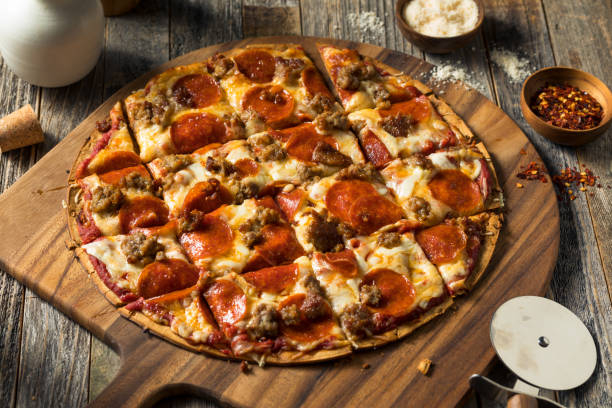
Using pre-made pizza sauce from the store -
You are aware that a significant portion of the final product is pizza dough. While the crust should be fluffy with the ideal amount of crunch from those crispy golden borders, you want the middle of the pizza to be warm and never soggy. How the dough is made is important, but the length of time the dough is allowed to rest is also important. Simply said, for superb pizza, this equally crucial method is one step that can never be ignored.
Your finished result will be beautiful and smooth when you've finished kneading it and adding all the ingredients. According to Baking Kneads, the next thing you must do is give the dough some time to rest. The yeast grows throughout this period as the dough rests. This helps to make the dough fluffy, resulting in a killer crust after baking, which is why it's necessary.
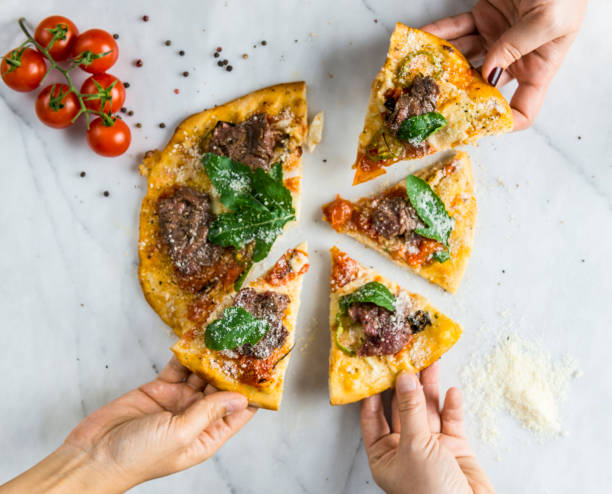
Pizza dough didn't have enough time to rest 
Pizza dough didn't have enough time to rest -
Some things in life can be taken for granted. One of these is the method used to assemble a pizza's toppings. You wouldn't put the cheese on first, then the sauce, would you? Of sure you could, but your pizza most likely wouldn't taste the way it should. You shouldn't fudge with the sequence in which you put the components on your pizza since it is important.
According to Crust Kingdom, toppings like meats and vegetables typically demand direct heat, thus they are added last. In contrast, cheese and sauce require less heat and are added first (sauce first and then the cheese). Before putting the crust in the oven, be sure to brush it with olive oil. This process will help to add flavor, making your homemade pizza taste even better than delivery.
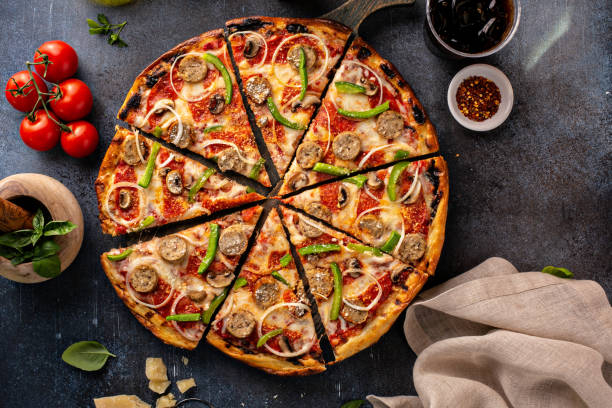
Toppings are not added in the right order 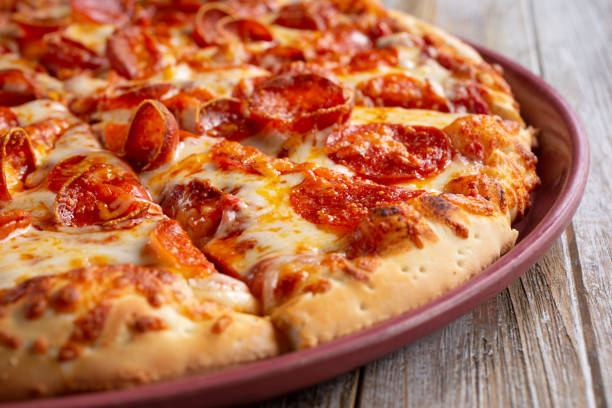
Toppings are not added in the right order -
You might not always think about the type of flour to use while making your pizza dough. Instead, you might just reach inside your cabinet and remove any old flour that is stashed there. However, quality flour is important when creating pizza dough, so you shouldn't use just any kind of wheat.
According to Pizza Heaven, flour is necessary to make pizza dough since it improves flavor and consistency. Too much gluten in the wheat, such as that found in bread flour, can make the dough tough, and not the best option for fluffy pizza. When creating pizza, it is preferable to use flour that is neither too high in gluten nor too low in gluten, such as Italian Tipo 00 flour, which has the ideal quantity of gluten and quickly absorbs water to produce a soft dough as opposed to a tough one.
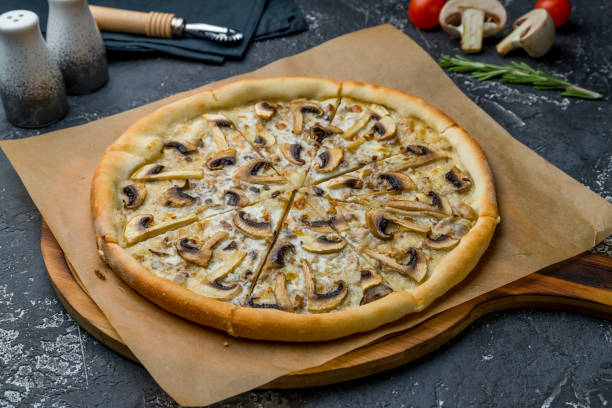
Not using the right flour for your dough 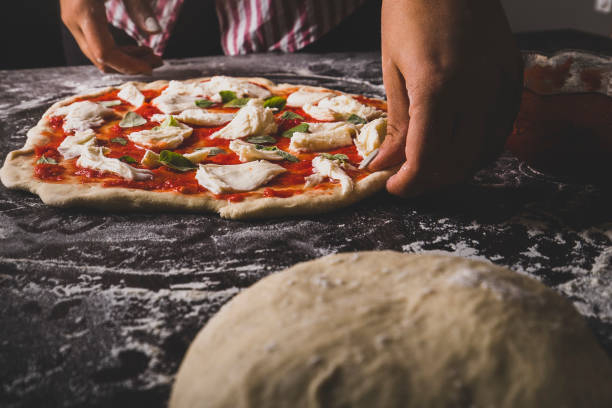
Not using the right flour for your dough -
A dish's use of salt can make or break it. A bland flavor can be maintained by adding insufficient amounts, which can completely overwhelm and eliminate flavors. When using salt on anything, from sauce to dough for your handmade pizza, you need to strike a good medium. You'll commit one of the biggest pizza blunders if you don't use the proper amount of salt in your dough.
When creating pizza dough, add salt sparingly to make sure that doesn't happen. When adding salt to the pizza dough, Homemade Pizza Pro advises taking the toppings—particularly cured meats like pepperoni or salami—into account. An overseasoned pie is the last thing you want, even while salt helps add flavor and too much of it isn't good. The salt you add to the dough aids in the development of gluten, slows fermentation, and increases the dough's flexibility.

Not adding the right amount of salt 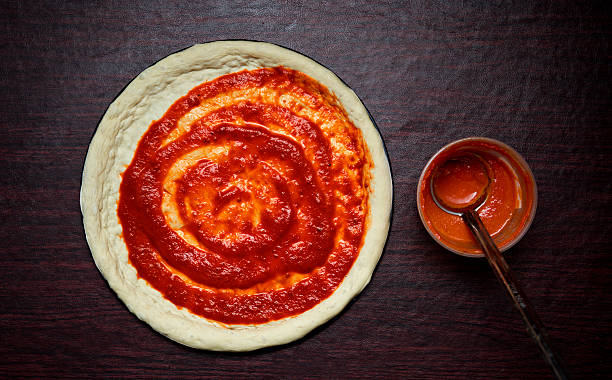
Not adding the right amount of salt -
Once your dough is prepared, you'll need to roll it out and knead it to provide the ideal surface for your toppings. But it's important to know how to stretch or roll the dough. Depending on the style of crust you want, you can stretch or roll your dough, says Kitchen Seer. Rolling your dough, for instance, will result in a thinner crust, whilst stretching the dough will result in the fluffier dough. Everything relies on the final appearance of your crust once you remove it from the oven.
However, be careful not to overwork your dough by rolling or stretching it too much, since this might make it much harsher than anyone would like. For instance, exercise caution when using a rolling pin. Never completely remove the air bubbles from the dough since the final product will be excessively dense and tough. Reduce rolling as much as possible to preserve some air bubbles and ensure that the dough emerges perfectly fluffy.

Not rolling or stretching the dough properly 
Not rolling or stretching the dough properly -
Who doesn't like to take a bite off of a pizza and watch the cheese stretch? As its perfume fills the air, perhaps it even catches the light just perfectly. However, going overboard with the cheesiness isn't necessarily a good thing. According to My House of Pizza, if you top your pizza with too much cheese, the crust may become mushy. Nobody likes a soggy pizza, of course.
But in addition to making a pizza mushy, adding too much cheese can weigh down the dough and cause it to lose the beloved crisp crunch. When you prepare your own pizza, you might not envision biting into a soggy crust. By adding just the appropriate quantity of cheese that will make you drool but won't ruin your crust in the process, you can maintain the balance of your pizza (and the crust).
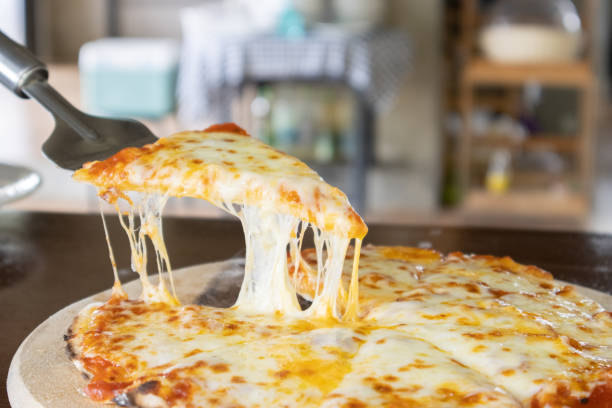
Adding too much cheese 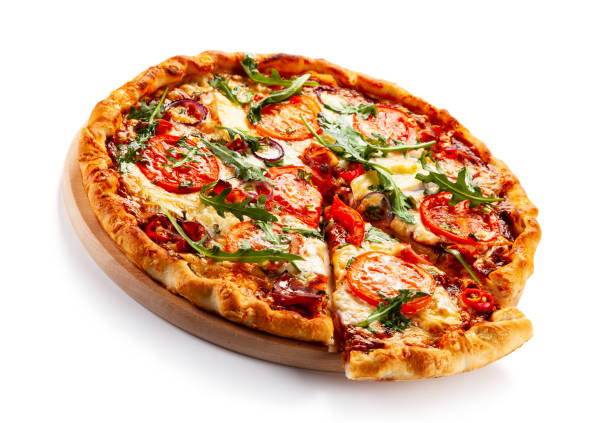
Adding too much cheese -
People want a crust when they make pizza at home that is not just crispy but also the perfect shade of golden brown. Nobody wants their pizza to appear and taste undercooked when they remove it from the oven. But occasionally it can be difficult to get a crust that bakes up exactly. But it's not necessary to be.
The key, according to Baking Steel, is to broil your pizza after cooking it in a convection oven. In just a few minutes at a high temperature, the broiler may help your crust attain the correct color and crispiness. Furthermore, broiling can be done in both gas and electric ovens, so it makes no difference which one you have. It's a good idea to keep in mind that gas and electric ovens heat in different ways, so timing may vary depending on the appliance you use.
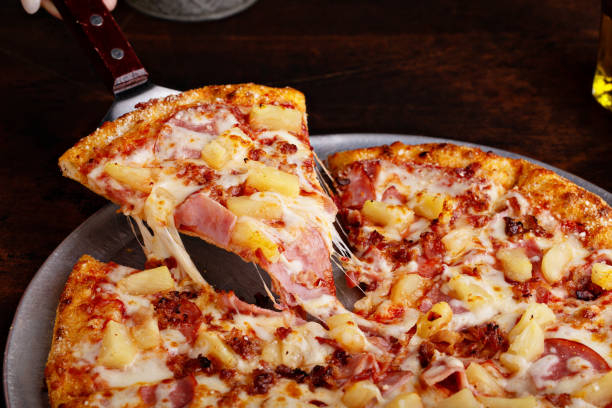
You aren't using your broiler 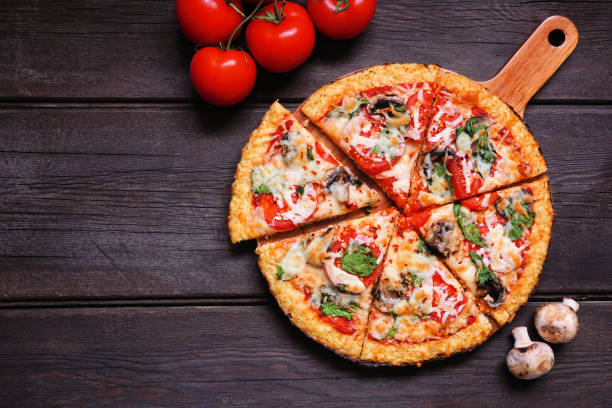
You aren't using your broiler -
It's time to dig in once your pizza has been created and baked to perfection in the oven. You might want to reconsider your initial assumption that any knife will work to cut through your homemade crust. Undoubtedly, this action is one of the worst mistakes people commonly make while ordering pizza. Move over, kitchen knife; a pizza cutter should do this job. Pizza cutters can be used for a variety of tasks, but cutting through homemade pizza is its best usage.
According to Dalstrong, attempting to cut through the pizza with an ordinary kitchen knife can cause the ingredients to disintegrate. A pizza cutter, on the other hand, may easily cut through without damaging anything in its path. Since pizza cutters are made specifically for cutting pizza, moving through the dough and ingredients is simple to regulate. A good, sharp pizza cutter will typically only need to be used once through rather than repeatedly moving back and forth, which can result in tearing.
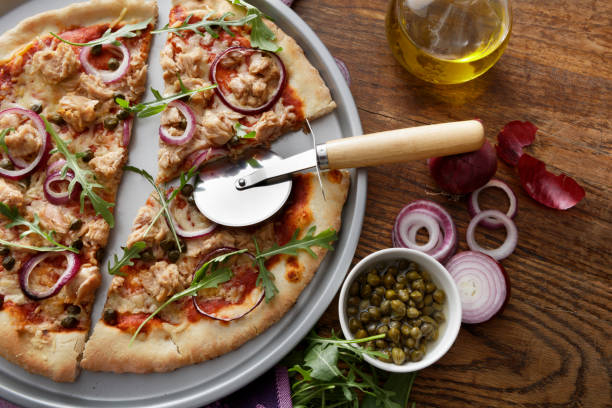
You haven't invested in a pizza cutter 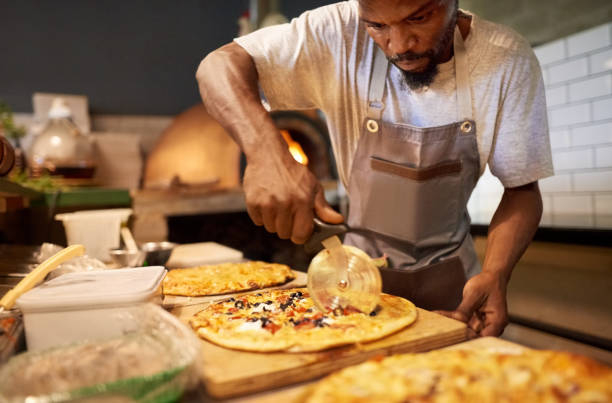
You haven't invested in a pizza cutter












